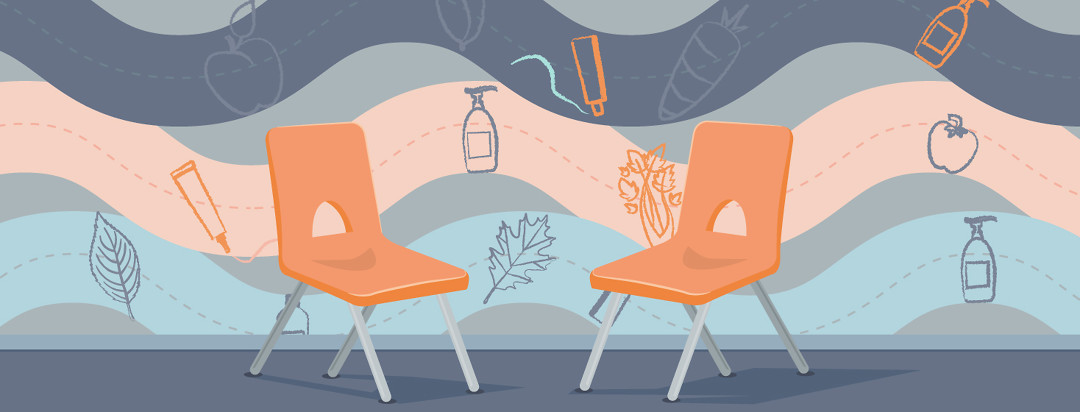The Language of Atopic Dermatitis for Children
Learning how to talk about skin issues can be one of the most important aspects of helping a child with atopic dermatitis rashes and allergies. The language of atopic dermatitis for children includes building knowledge, establishing boundaries, and also encouraging proactive self care. As a teacher, and a Nana, I know the value and the relief that comes when a child learns to speak about their skin issues.
Speaking the language
One of my proudest moments in life, was when I was the guest at a school lunch for Grandmother's Day. I sat in a miniature plastic chair, surrounded by other women my age. Soon, my granddaughter walked toward me with a boxed lunch. She settled beside me and opened it up. Inside were sliced apples, carrot sticks, 2 cartons of yogurt, and 2 triangle shaped ham sandwiches.
"I have allergies"
Her bouncy curls were bound up in bright ribbons and her eyes were dancing with delight. She began to pass out the snacks – one for me, and one for her. When she got to the yogurt, I got them both. “I have allergies to dairy Nana, so you get two,” she said.
"My skin is itchy"
Her friend nearby told her grandma, "Jill didn’t get a peanut butter sandwich because her skin gets itchy when she eats it." She nodded and smiled. Seems she let her friends in on what happens when she gets around food that causes a tummy or skin reaction.
"I need my cream"
It was actually pretty cute watching her get the tube from her teacher. She had such an air of authority. She was her own skin expert. After dabbing and rubbing, we headed out to the playground.
"No, thank you"
When playing with her friends, some were running off to play near a fence with greenery growing. She told them that she wanted to stay near the sandbox. Once again, I had found a plastic chair and helped her shovel and dig. She knew that tall grass and "vine-y" stuff could mean an itching spell.
"It’s med time"
Whether her allergy medications were oral or topical, she grew to understand that doses were not to be missed. If her symptoms did not prompt her to remember, the routine at home and school served to help her recall when and what to take.
"It’s a flare"
When her skin was extra itchy, dry, or scaly – she called it. “I’m having a flare. It’s no big deal,” she would tell anyone who asked. “My skin itches when I have a flare.”
Responsible for their own care
By learning the language of atopic dermatitis for children, she made it through grade school without the excessive need for antibiotics or nausea medicine. She took charge of her life. We used words to describe what was going on with her body. She learned the language and spoke up for herself when she had needs.
Sometimes it meant telling her friends who were curious about her symptoms. Other times, she asked for her needs to be met by teachers, or other adults. When appropriate, she drew boundaries around what she could be exposed to. Understanding how to speak the language of atopic dermatitis for children helps kids transition more smoothly through life, even with skin issues.

Join the conversation